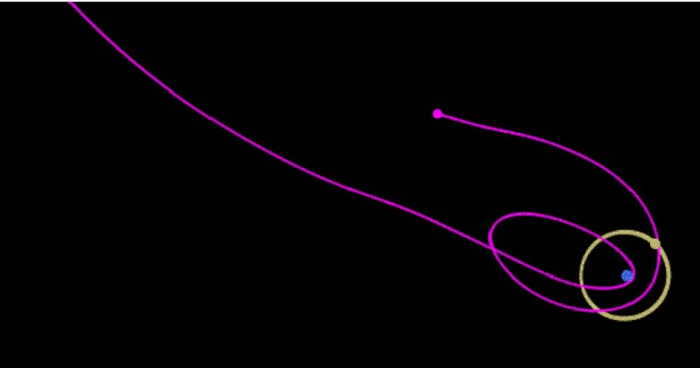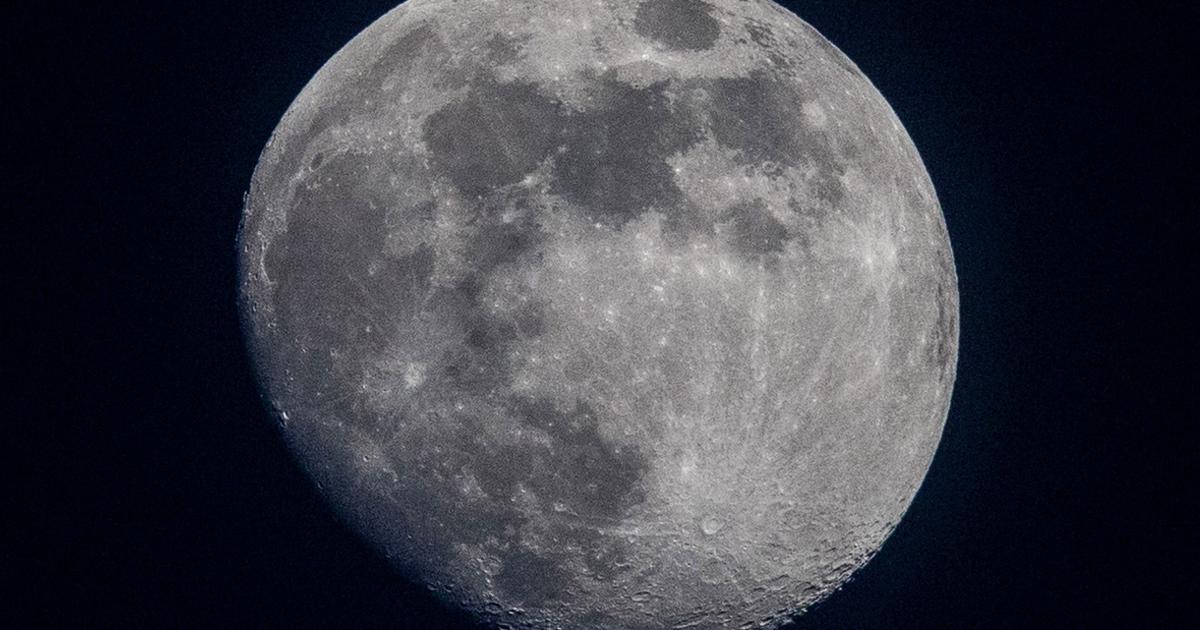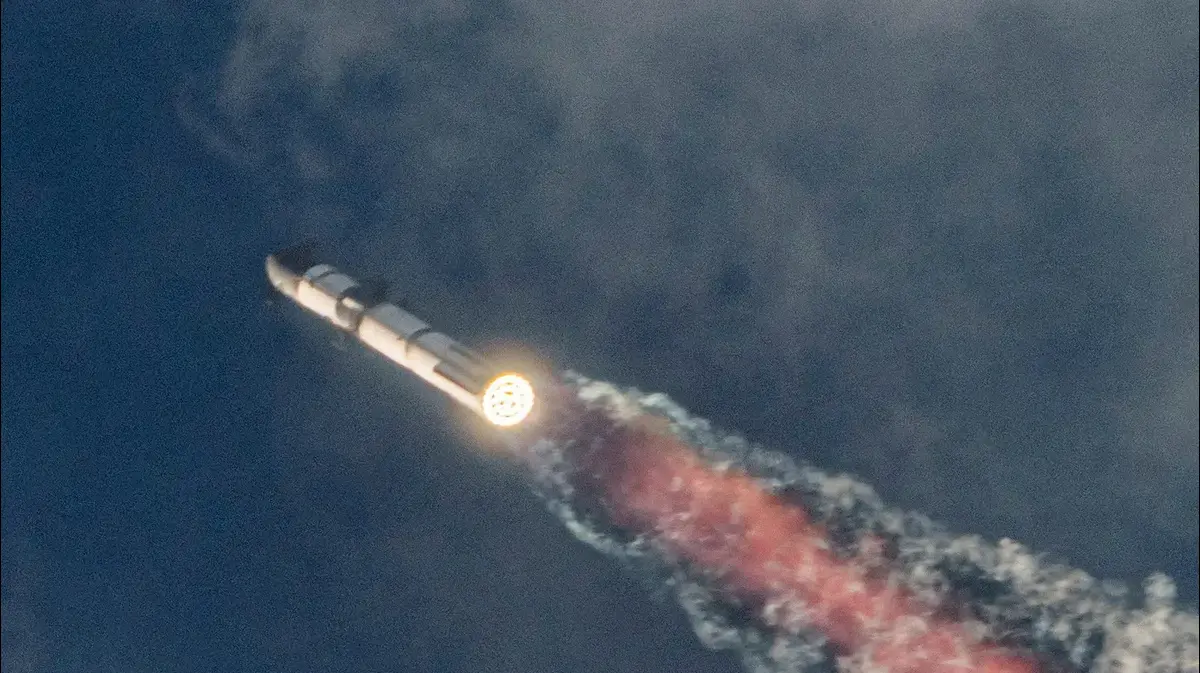It is the day of the Earth's greeting to its mini-Moon, called 2020 SO, the mysterious object that is in its second and last passage, decisive to definitively confirm that it is a large space debris, a fragment of a rocket launched more than 50 years ago, and rule out that it's a small asteroid.
The mysterious object entered Earth's orbit on November 8 and approached a distance of only 50,000 kilometers on December 1.
According to NASA it is a wreck that dates back to the beginning of the space age, probably the upper stage of the Centaur rocket that launched the ill-fated Surveyor 2 probe towards the Moon on September 20, 1966, which exploded shortly after departure.
On February 2, the fragment will be located 220,000 kilometers from the Earth, in a sort of last farewell because in March the Earth's gravity will abandon it, letting it move away.
It is an excellent opportunity to observe it again, but for experts there are few doubts about its identity: "in the absence of a high-definition image, one cannot be 100% sure that it is the stage of the Centaur rocket, but the available information comes back and it would be a strange coincidence if it were something else, "Luciano Anselmo, of the National Research Council (CNR), told ANSA.
"The analysis of the light curve, which indicates how bright the object is and how its brightness varies over time due to rotation, allows us to trace the composition of the surface which - he found - is compatible with that of the stadium of a rocket".
Furthermore, he added, "NASA knows the trajectory these rockets had when they were last seen. So it is possible to define their trajectory, taking into account the perturbations of the Sun and other planets".
In this case, Anselmo concluded, "both elements are compatible with what should be the upper stage of rockets used by NASA in the 1960s to launch probes towards the Moon and interplanetary space".








/cloudfront-eu-central-1.images.arcpublishing.com/prisa/JC2C6E4UEBCBNF33BAF7RB2JS4.png)






